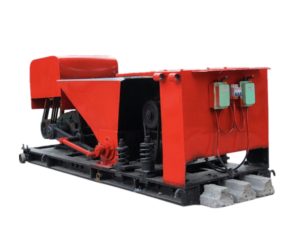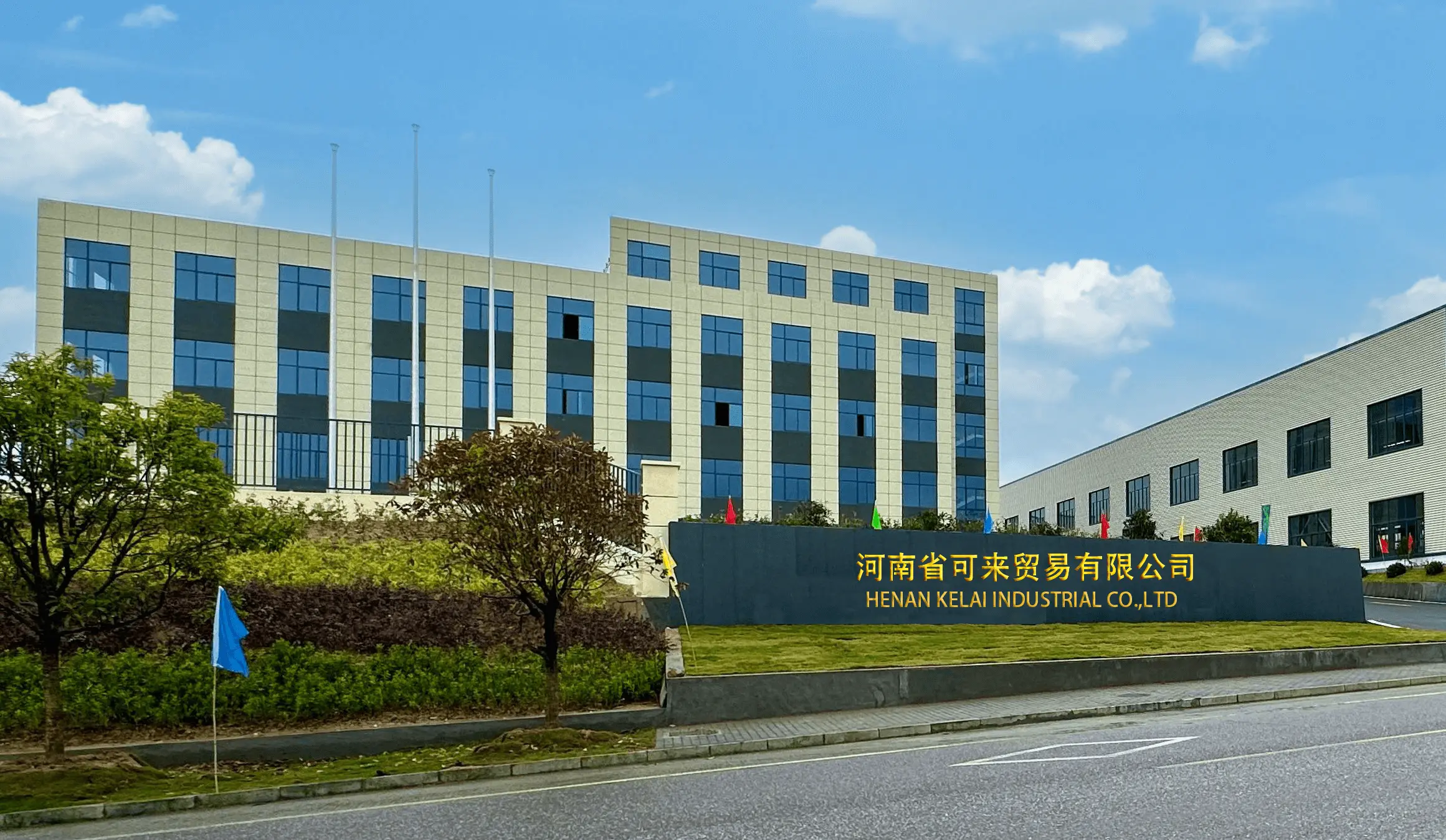concrete beam making machine is a type of industrial equipment used in the production of concrete beams, which are critical structural elements in construction, particularly in buildings, bridges, and other infrastructure. These machines are designed to efficiently form, mold, and cure concrete beams in various shapes and sizes. The process involves pouring concrete into molds, allowing it to set, and then curing it to ensure the beams meet the required strength and durability standards.
Here are some key features and processes typically involved with a concrete beam making machine:
1. Molding Process:
- The machine uses steel molds to shape the concrete into beams.
- Molds can be adjusted to create different sizes and types of beams (e.g., rectangular, T-beams, or I-beams).
- The molds are typically pre-treated with a release agent to prevent the concrete from sticking.
2. Vibration and Compaction:
- The concrete is poured into the molds and then subjected to vibration to ensure proper compaction and to eliminate air bubbles, which can compromise the beam’s strength.
- Vibration helps ensure uniform distribution of the mixture.
3. Curing:
- After pouring and compacting, the beams need to be cured. This can either be done through steam curing or water curing, depending on the machine and the factory setup.
- Curing ensures that the concrete achieves the necessary strength and durability.
4. Automatic Control Systems:
- Many modern concrete beam making machines come with automated control systems for precise management of the pouring, vibration, and curing processes.
- Sensors monitor the mix and ensure consistency in production.
5. High Efficiency and Precision:
- These machines are designed to work efficiently, producing large volumes of beams in a short time while maintaining high quality.
- Precision is important, especially for applications where the beams will support heavy loads, such as in bridge construction or multi-story buildings.
6. Customization:
- Concrete beam making machines often allow customization for specific beam dimensions, types, and production rates to meet the unique requirements of a construction project.
Do you want to know any specific details or requirements for concrete beam making machine?
When considering the production capacity of a concrete beam making machine, it’s important to define how many beams the machine should produce per day or hour, as well as the specific requirements of your production line. Here are a few factors that will help you decide on the appropriate production capacity:
1. Production Speed:
- The speed at which the machine produces beams depends on its automation level, curing time, and the complexity of the beam design.
- Basic Machines: These may produce anywhere from 10 to 30 beams per day, depending on curing time and manual labor involved.
- Semi-Automated or Automated Machines: High-efficiency systems can produce 50 to 150 beams per day or more, with reduced manual labor and faster curing cycles.
2. Beam Size and Type:
- Larger beams or custom designs may require longer molding and curing times, reducing the number of beams produced daily.
- Simple, standard-sized beams (like rectangular or small T-beams) will allow for higher production capacity.
3. Automation Level:
- Fully Automated Machines: These machines can produce beams continuously with minimal human intervention, significantly improving output and reducing labor costs.
- High-capacity automated systems could reach up to 200-300 beams per day (depending on size and complexity).
- Semi-Automated Machines: These machines may require manual intervention for some stages of the process but still offer high efficiency.
- A semi-automated machine might produce between 50 to 100 beams per day.
4. Curing Process:
- Curing is a key factor that affects production speed. The curing time can vary depending on the type of concrete used and the curing system (steam, water, etc.).
- With accelerated curing processes (like steam curing), production capacity can be significantly improved, allowing for multiple cycles in a day.
5. Factory Space and Setup:
- The layout of your factory and how well it supports the flow of materials and beams will affect how many machines you can run simultaneously, further boosting production capacity.
- If space and workflow are optimized, you can scale production up by adding multiple machines.
6. Maintenance and Downtime:
- Machines should be designed for minimal downtime and easy maintenance to ensure a consistently high production capacity.
Example Capacities:
- Low Capacity (Small Operation): If your needs are relatively modest, a machine that produces around 20-30 beams per day might be sufficient.
- Medium Capacity (Average Operation): For an average operation with more demand, consider machines with a capacity of 50-100 beams per day.
- High Capacity (Large Operation): For large-scale construction projects or high-demand production, a machine with a capacity of 150-200+ beams per day may be necessary.
Key Questions for You:
- Where can I buy precast concrete beam machines?
- Where can I buy precast concrete floor machines?
- Where can I buy precast concrete wall panel machines?
- HENAN KELAI INDUSTRICL CO.,LTD (KELAI®) is your best choice, here we have all the precast concrete machines you want,Please visit our official website for more information!
Precast Concrete T Beam Making Machine


